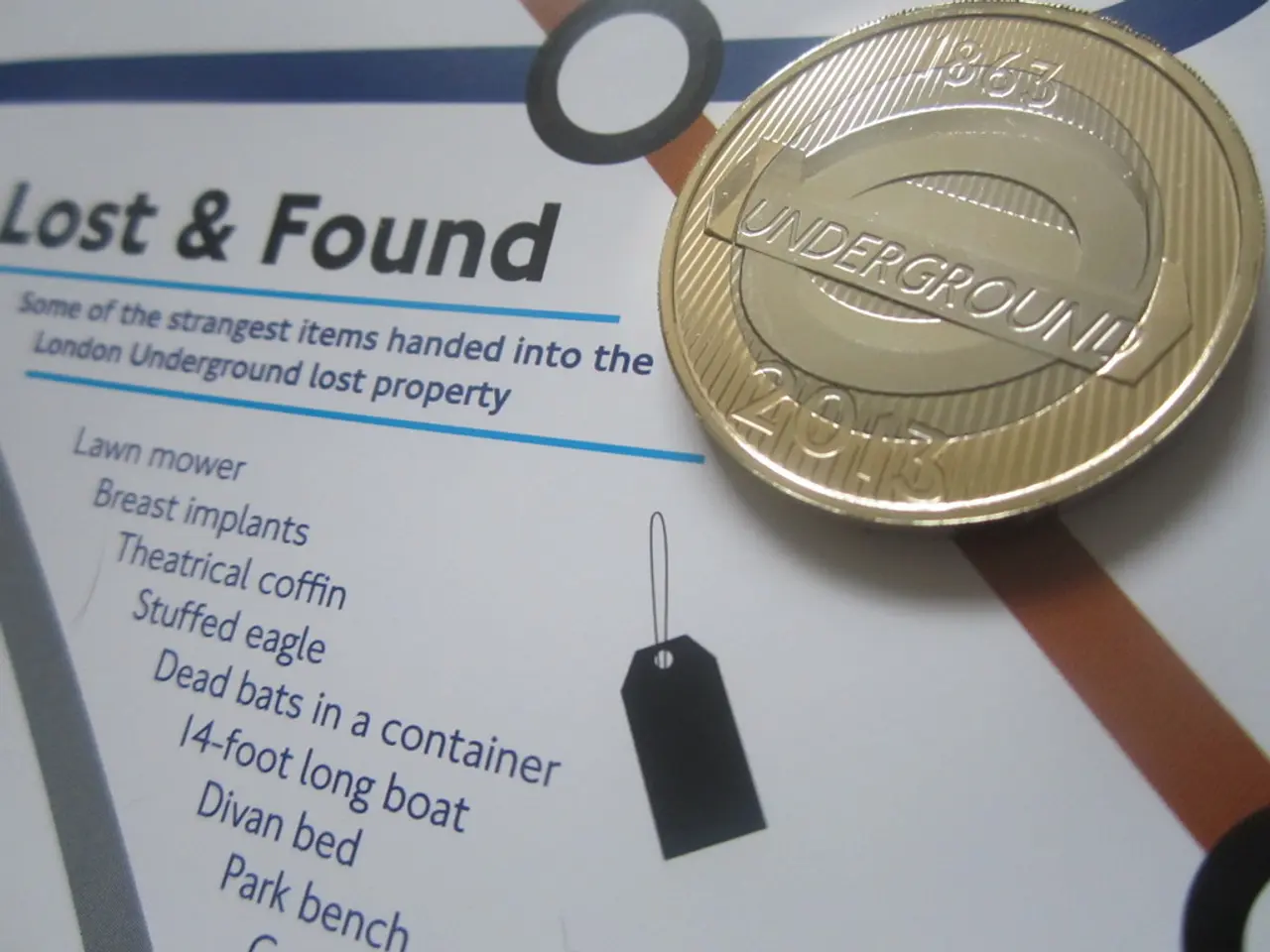Forward Reference on Non-Deliverable Forwards (NDF): Composition, Construction, and Notable Currencies
The world of foreign exchange trading is vast and complex, with various financial derivatives used to hedge against currency fluctuations. Two of the most common derivatives in this realm are Non-Deliverable Forwards (NDFs) and Currency Swaps.
NDFs are forward contracts on a currency pair where no actual delivery of the underlying currencies occurs at maturity. Instead, only the net difference between the contracted forward rate and the prevailing spot rate is settled in cash, usually in a convertible currency like USD. NDFs are primarily used to hedge or speculate on currencies that have capital controls or are non-convertible in the spot market.
On the other hand, Currency Swaps involve an exchange of principal and interest payments in two different currencies between two parties. The principal amounts are usually swapped at the start and re-swapped back at the contract’s maturity at the original agreed exchange rate. Currency swaps are often used by multinational corporations and financial institutions to manage long-term foreign exchange risks and to obtain foreign currency funding efficiently.
Here's a comparison of the key aspects of NDFs and Currency Swaps:
| Aspect | Non-Deliverable Forward (NDF) | Currency Swap | |--------------------------|----------------------------------------------------------------|-------------------------------------------------------------| | Nature | Forward contract with cash settlement on difference only | Agreement to exchange principal and interest cash flows | | Settlement | Cash settlement in a convertible currency; no actual FX delivery | Exchange of principal at start and maturity, plus interest payments in different currencies | | Underlying Currency | Typically involves non-convertible or restricted currencies | Usually involves convertible currencies | | Usage | Hedging or speculating in currencies with capital controls | Managing long-term FX and interest rate risk, funding | | Contract Customization| Standardized or OTC, but mostly straightforward forward contract | Highly customized OTC contracts | | Counterparty Risk | Present; usually OTC with counterparty credit risk | Present; OTC and specifically structured to balance risks |
In brief, NDFs are short-term forward contracts settled in cash without actual currency exchange, while currency swaps are longer-term agreements that involve exchanging principal and interest flows in different currencies to manage FX and interest rate exposures.
The market for NDFs is over-the-counter (OTC) with major trading hubs in London, New York, Singapore, and Hong Kong. The largest NDF markets are in the Chinese yuan, Indian rupee, South Korean won, New Taiwan dollar, Brazilian real, and Russian ruble. Liquidity risk also affects NDF trading, as the NDF market for certain emerging market currencies can sometimes be less liquid than more established markets.
The main participants in the NDF market include multinational corporations, financial institutions, hedge funds and investment firms, and in some cases, central banks or government entities. The main risk in NDF trading is market risk, which is the potential for losses from unfavorable exchange rate movements. Another risk in NDF trading is counterparty risk, which means the other party might not fulfill their financial obligations.
[1] Investopedia. (n.d.). Non-Deliverable Forwards (NDFs). Retrieved from https://www.investopedia.com/terms/n/ndf.asp
[2] Invesco. (n.d.). Currency Swaps. Retrieved from https://www.invesco.com/us/en/articles/investment-strategies/currency-swaps
[4] The Balance. (n.d.). Currency Swaps Explained. Retrieved from https://www.thebalance.com/currency-swaps-explained-4162233
- The world of crypto finance is rapidly evolving, with various digital tokens used as a means of investment and trading in the realm of blockchain technology.
- One popular digital token, Bitcoin, functions as a decentralized form of digital currency, enabling peer-to-peer transactions without an intermediary like a bank.
- Initial Coin Offerings (ICOs) are a way for businesses to raise funds by creating and selling their own unique tokens, which may represent assets, services, or even voting rights.
- Trading in digital tokens, also known as crypto trading, can be done on cryptocurrency exchanges, similar to the foreign exchange market, but with a focus on digital currencies and tokens.
- Ethereum, another significant digital token, offers a platform for decentralized applications (dApps) and smart contracts, serving as the foundation for a wide range of use cases in the business and technology sectors.




